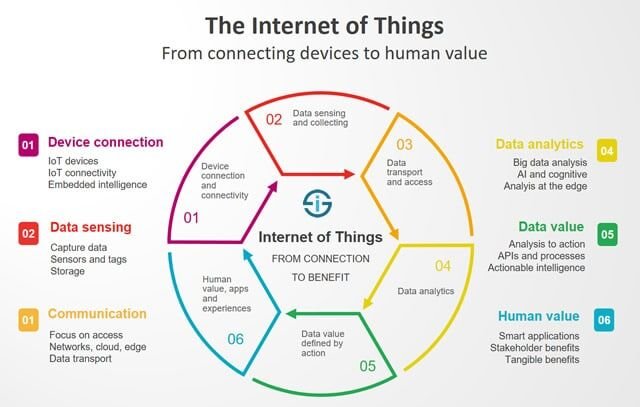
Understanding the Internet of Things (IoT)
Definition of IoT
The Internet of Things (IoT) refers to the vast network of interconnected devices that communicate and share data with one another over the internet. This concept extends beyond traditional computing and electronic devices; it includes everyday objects, from refrigerators to smart thermostats, enabling them to collect and exchange data. In essence, IoT transforms the mundane into smart technology that can learn from and adapt to its environment.
History and Evolution of IoT
The journey of IoT began in the late 20th century:
- 1999: Kevin Ashton coined the term “Internet of Things.”
- 2005: The International Telecommunications Union (ITU) recognized IoT as a key technology for future development.
- 2010s: Rapid advancements in wireless communication and cloud computing fueled the growth of IoT devices.
Today, IoT is an integral part of our technological landscape, enabling smarter homes, cities, and industries.
Impact of IoT on Daily Life
IoT profoundly influences daily life. For instance, smart home devices streamline household tasks and enhance energy efficiency. Many individuals find daily routines transformed as devices anticipate needs, such as adjusting heating based on personal comfort or automating grocery lists.
Some key impacts include:
- Increased convenience through automation.
- Enhanced safety with smart security systems.
- Health monitoring through connected wearables.
IoT’s ability to streamline and enhance everyday experiences exemplifies how the Internet of Things is transforming daily life.
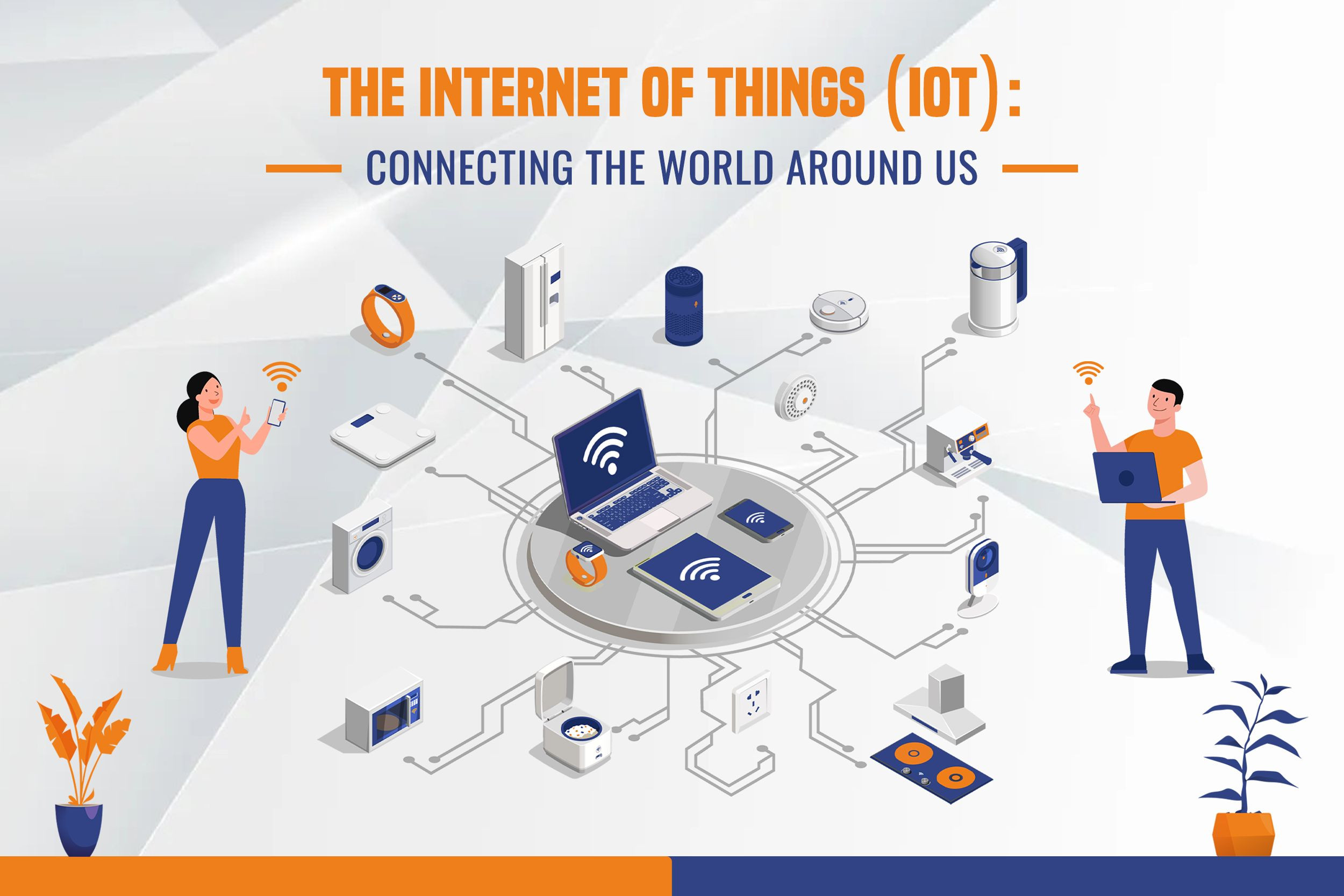
IoT Devices and Applications
Smart Home Technology
Continuing our exploration of how the Internet of Things (IoT) is transforming daily life, a significant area is smart home technology. Devices like smart thermostats, lights, and security systems not only add convenience but also promote energy savings. Imagine coming home to a pre-warmed house or adjusting your lights with just a voice command—it’s all within reach!
Wearable Devices
Wearable devices represent another fascinating aspect of IoT. Smartwatches and fitness trackers monitor health metrics such as heart rate and steps taken. Personally, I experienced a boost in my fitness routine simply by tracking my daily activities and setting health goals directly on my wrist. The trend offers:
- Real-time health data
- Personalized fitness insights
- Reminder notifications for physical activity
Connected Cars
Connected cars redefine transportation with features like GPS navigation, emergency assistance, and real-time traffic updates. Picture driving while your vehicle automatically reroutes you around traffic jams!
Healthcare Systems
Lastly, IoT technologies in healthcare revolutionize patient monitoring. Hospitals use devices that track vital signs remotely, enhancing patient care and reducing emergency visits. This integration showcases the incredible potential of IoT applications across our daily lives.
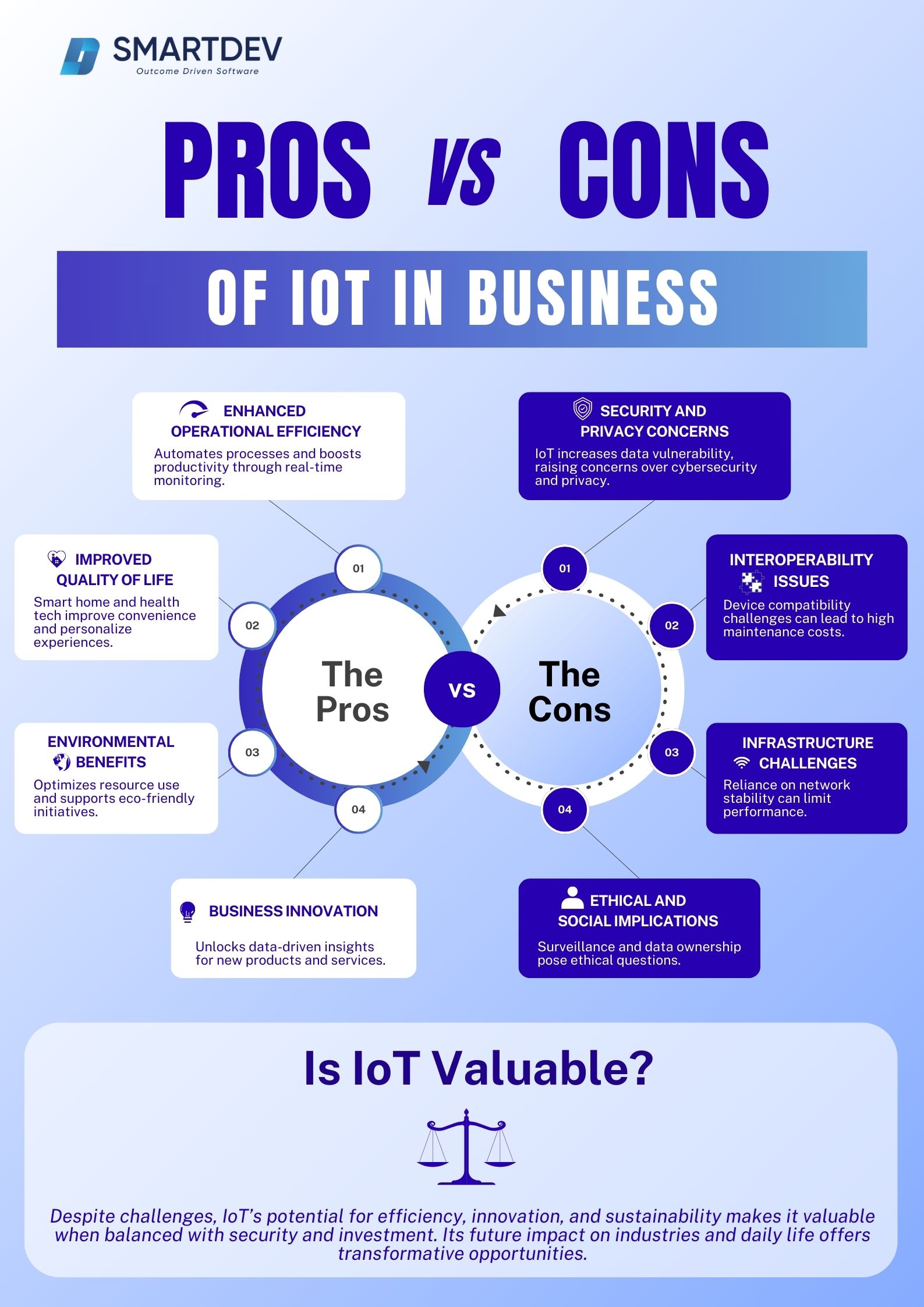
Benefits and Challenges of IoT in Daily Life
Advantages of IoT Integration
Building on the remarkable IoT devices we discussed, several advantages stand out in daily life. Integration of IoT technologies leads to increased efficiency and convenience, as tasks become automated. For example, smart thermostats learn user patterns, optimizing energy consumption, which I found beneficial during last summer when my energy bill decreased significantly. Key benefits include:
- Enhanced convenience through automation
- Improved energy efficiency, reducing bills
- Real-time data access for informed decision-making
Privacy and Security Concerns
However, with great benefits come notable challenges. Privacy and security concerns are paramount, as interconnected devices can be vulnerable to hacking. Imagine your smart camera being accessed by a third party; it’s a potential worry for many users.
- Data breaches can expose sensitive information
- Unauthorized access to connected devices
Data Management and Connectivity Issues
Lastly, data management and connectivity issues pose hurdles for IoT integration. Handling massive data from multiple devices can be overwhelming, leading to connectivity problems. Slow or unreliable internet can disrupt device functionalities, creating frustrations at home.
Navigating these advantages and challenges is crucial as the Internet of Things continues to shape daily life.
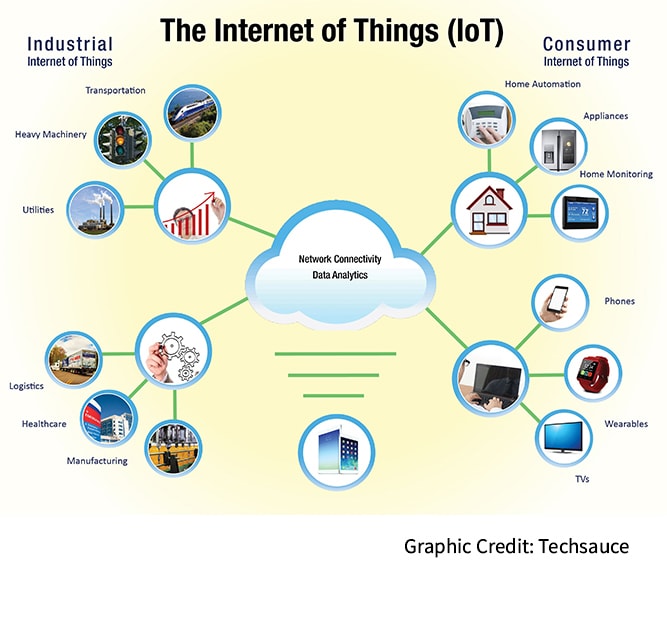
Impact of IoT on Various Sectors
Healthcare Industry
Continuing our discussion on the transformative effects of the Internet of Things (IoT), its impact across various sectors has been profound. In the healthcare industry, IoT devices allow for continuous monitoring of patients. For instance, wearable devices track vital signs, enabling doctors to receive real-time health data and making timely interventions possible. This was particularly helpful for a friend of mine who managed a chronic condition through consistent monitoring.
Transportation and Logistics
The transportation and logistics sector has also experienced significant enhancements through IoT. Fleet managers now utilize connected sensors for real-time tracking of vehicles, improving delivery efficiency and reducing costs. Imagine a delivery driver receiving live traffic updates on their dashboard, helping them navigate optimally.
- Increased visibility of shipments
- Enhanced route optimization
Agriculture and Farming
In agriculture and farming, IoT technology enables precision farming. Sensors monitor soil moisture and crop health, allowing farmers to make data-driven decisions. Farmers can now ensure crop yields increase while minimizing waste, addressing sustainability challenges.
Retail and Consumer Goods
In retail, IoT has transformed the shopping experience. Smart shelves notify staff when stock runs low, and personalized marketing pushes targeted recommendations to consumers’ smartphones.
- Inventory management improvement
- Enhanced customer engagement
These examples highlight the diverse effects of IoT, making it clear that its influence permeates various sectors, significantly impacting how businesses operate and serve their customers.

Future Trends in IoT and Daily Life
Artificial Intelligence Integration
As we consider the future of the Internet of Things (IoT), several trends are shaping its trajectory. One exciting area is the integration of Artificial Intelligence (AI). Imagine your smart home learning your preferences to optimize energy use even further. AI algorithms will analyze data from devices, enabling smarter decisions and predictive maintenance. This not only saves time but enhances efficiency as well.
Edge Computing Developments
Next, edge computing is crucial in reducing latency and improving response times for IoT devices. By processing data closer to the source rather than relying solely on cloud computing, devices can perform real-time analyses. This literally brings the ability to act on data to the user’s fingertips, providing a seamless experience.
- Faster data processing
- Reduced bandwidth usage
5G Technology Implications
Another impactful trend is the rollout of 5G technology, which enables faster and more reliable connectivity. With its high-speed capabilities, we can expect a surge in connected devices, vastly improving IoT applications across all sectors, from autonomous vehicles to smart cities.
Sustainability and Green IoT
Lastly, sustainability is becoming a central focus as IoT devices help monitor energy use, water consumption, and waste management. Smart grids and resource management systems will promote greener practices and reduce our carbon footprint.
In summary, as these trends unfold, the way we interact with the world around us through the Internet of Things will only become more integrated and intuitive.
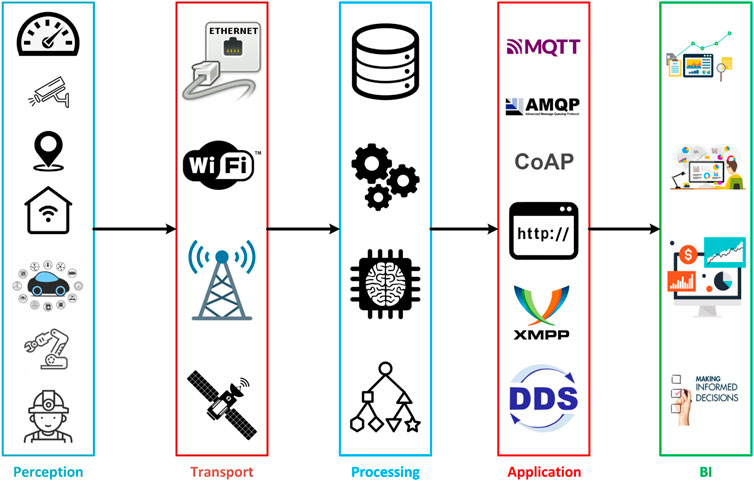
Conclusion and Key Takeaways
Summary of IoT Influence
In conclusion, the Internet of Things (IoT) has undoubtedly transformed daily life, influencing various sectors like healthcare, transportation, agriculture, and retail. We have witnessed firsthand how smart home technology enhances convenience, while wearable devices empower individuals to prioritize their health. The integration of IoT into our lives has ignited a wave of innovation, emphasizing the importance of connectivity and data in driving our modern habits.
Recommendations for IoT Adoption in Daily Life
To harness the benefits of IoT, consider these recommendations for adoption:
- Start Small: Begin with one or two devices that genuinely enhance your daily routine, like a smart thermostat or fitness tracker.
- Prioritize Security: Ensure proper settings are in place to protect your data and privacy. Change default passwords, and keep software updated.
- Embrace Integration: Look for devices that can work seamlessly together to create a holistic smart environment.
- Stay Informed: As technology evolves, staying abreast of new developments will help you make informed choices.
By being mindful and proactive, individuals can fully enjoy the myriad advantages that the Internet of Things has to offer in an increasingly connected world.
